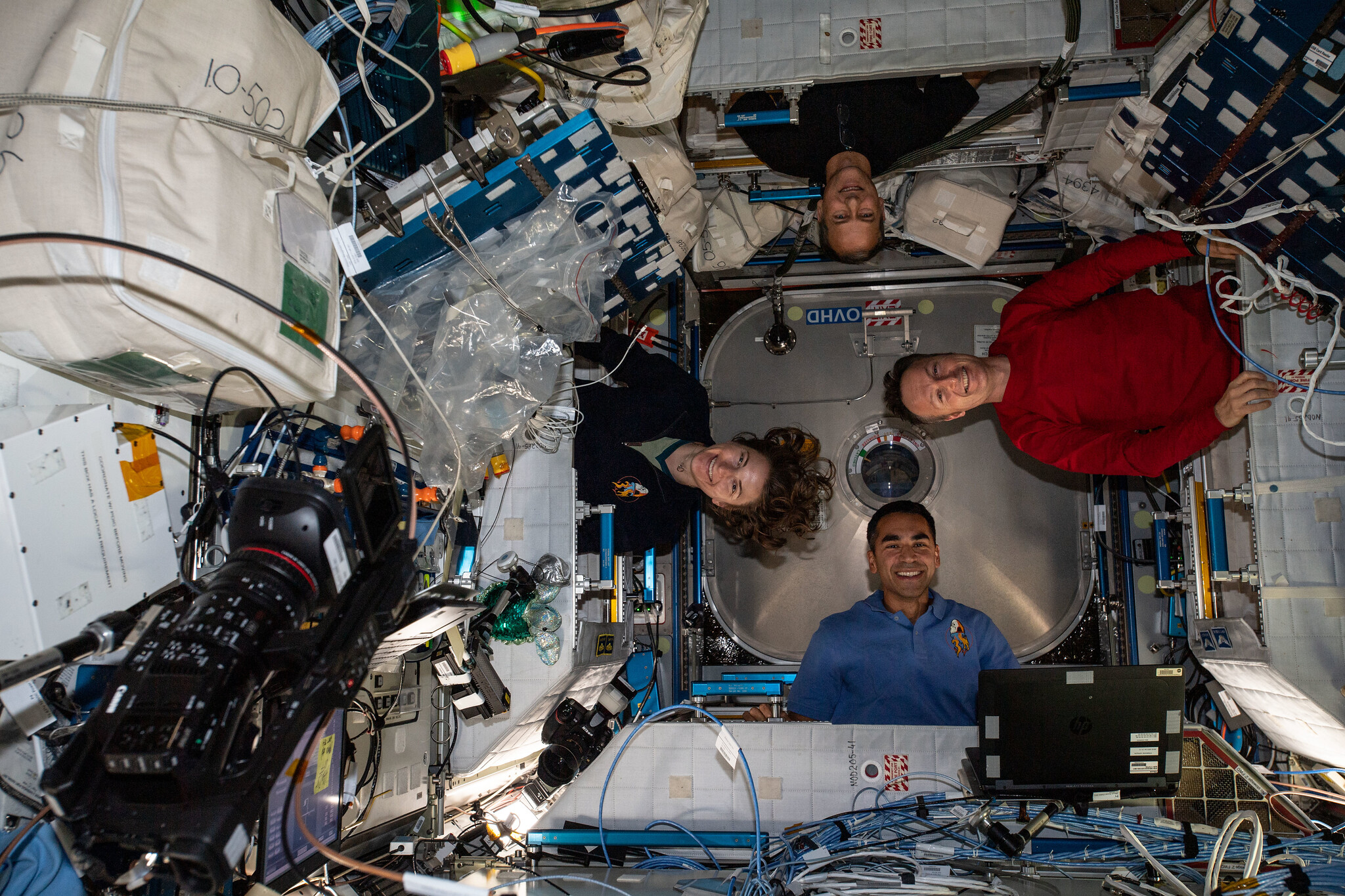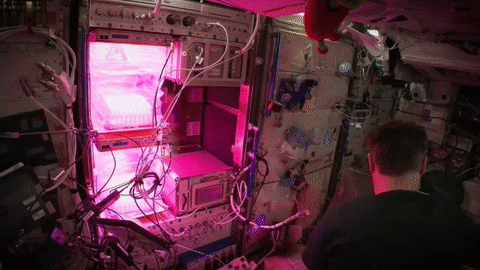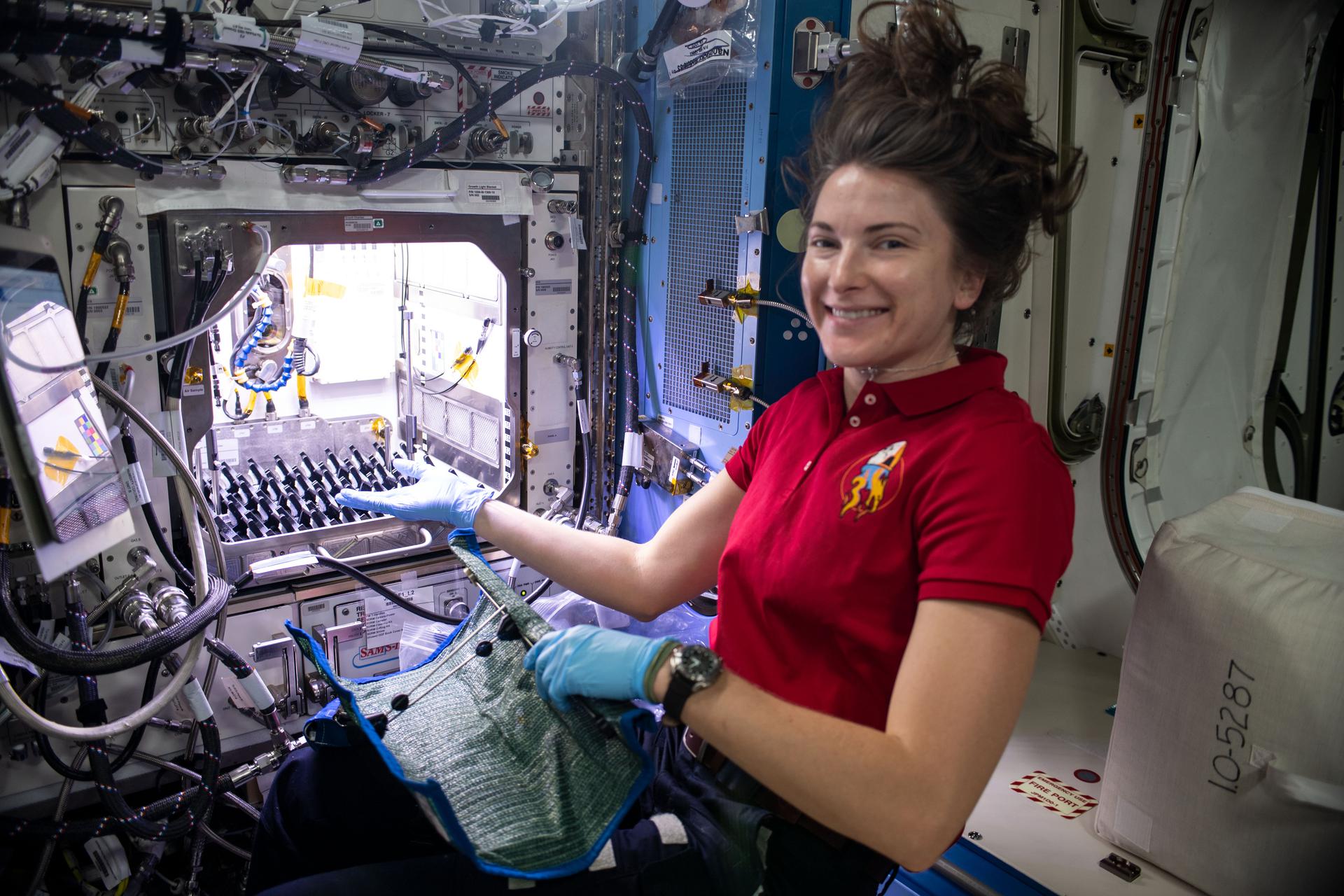[Lea la versión en español de este artículo]
Crew members aboard the International Space Station conducted scientific investigations during the week of Jan. 3 that included testing processing of superalloys in microgravity, studying gene expression in cotton plants, and examining the stability and function of detergent ingredients.
The space station, continuously inhabited by humans for 21 years, has supported many scientific breakthroughs. A robust microgravity laboratory with dozens of research facilities and tools, the station supports investigations spanning every major scientific discipline, conveying benefits to future space exploration and advancing basic and applied research on Earth. The orbiting lab also provides a platform for a growing commercial presence in low-Earth orbit that includes research, satellite services, and in-space manufacturing.
Here are details on some of the microgravity investigations currently taking place:
Seeking superior superalloys
Turbine SCM tests a commercial in-space manufacturing device to process superalloy parts in microgravity. Superalloys are metal alloys with excellent heat resistant properties. Researchers expect processing in microgravity to provide more homogeneous structure and improved mechanical properties such as microhardness. These superior qualities could improve the performance of turbine engines in industries such as aerospace and power generation. The investigation also helps demonstrate the benefits of conducting manufacturing processes aboard the orbiting lab. During the week, crew members installed the hardware.
Engineering cotton genes
Cotton calluses are masses of identical cells that can be programmed to develop into specific plant parts, much like stem cells in mammals. Crops such as cotton plants have been cultivated to be resistant to this plant regeneration process, making it difficult to engineer varieties with specific or enhanced traits such as drought resistance. Previous research has shown that microgravity affects gene expression and associated genetic mechanisms behind regeneration. Plant Habitat-05 studies gene expression in several types of cotton calluses, which could provide a better understanding of resistance to genetic engineering and identify ways to engineer specific qualities into cotton. Crew members took photographs and harvested specific experiment plants for analysis during the week.
Safe space suds
Crew members on the space station wear an item of clothing several times, then replace it with new clothes delivered on resupply missions. Such resupply is limited and is not an option for longer missions to the Moon and Mars. Any laundering system in space must be compatible with air purification systems in spacecraft or habitats, use a limited amount of water, and enable purification of post-laundry water back to drinkable water. Procter and Gamble Company developed a fully degradable detergent specifically for use in space. PGTIDE studies the performance of the formulation’s stain removal ingredients and stability in microgravity. The ISS U.S. National Laboratory sponsors the experiment. Crew members recently have been taking imagery of detergent samples.

Other investigations involving the crew:
- SERFE investigates the effect of contamination and corrosion on a spacesuit thermal control system and microgravity’s effect on the system’s ability to regulate astronaut body temperature under various conditions. The technology, which uses water evaporation to remove heat, supports development of spacesuits for future exploration missions.
- SoundSee tests the use of a sensor on the station’s Astrobee robotic platform to monitor sounds made by equipment such as life support infrastructure and exercise machines. Sounds can provide an early indication of equipment failure, and this system could provide autonomous monitoring of space station equipment.
- Cytoskeleton, an investigation from ESA (European Space Agency), examines whether microgravity affects the function of cellular signaling molecules known as RhoGTPases. Results could expand knowledge about cellular function in space and on Earth and contribute to clinical medical research.
- Phospho-aging, an investigation from the Japan Aerospace Exploration Agency (JAXA), examines the molecular mechanism behind aging-like symptoms, such as bone and muscle loss, that can occur more rapidly in microgravity. Results could provide evidence that bone loss experienced due to aging on Earth is a cause of aging, justifying prevention of bone and muscle loss as practical anti-aging therapies that may contribute to longer healthy life spans in humans.
- EHS BioMole Facility demonstrates technology for monitoring the microbial environment aboard the station, an important capability for future missions that cannot return samples to Earth for analysis. Such technology has potential for monitoring microbial environments on Earth, such as water supplies in remote areas.
- MVP Plant-01 examines shoot and root development in plants and the molecular mechanisms behind how plants sense and adapt to changes in their environment. Results could contribute to the design of plants better able to withstand adverse environmental conditions, including long-duration spaceflight.
- Fluid Boiling and Condensation Experiment (FBCE) tests a two-phase heat transfer in microgravity. Two-phase systems use the heat source to change a liquid into another phase, a gas, through vaporization. These systems can be smaller and provide more efficient heat removal, important for future space missions.
For daily updates, follow @ISS_Research, Space Station Research and Technology News, or our Facebook. Follow ISS National Lab for information on its sponsored investigations. For opportunities to see the space station pass over your town, check out Spot the Station.
John Love, ISS Research Planning Integration Scientist
Expedition 66




























